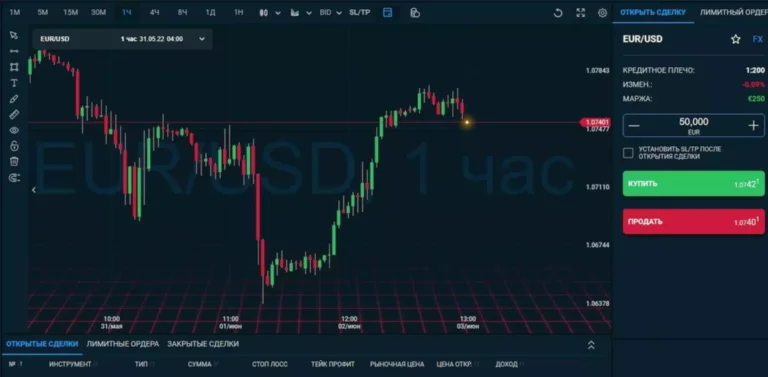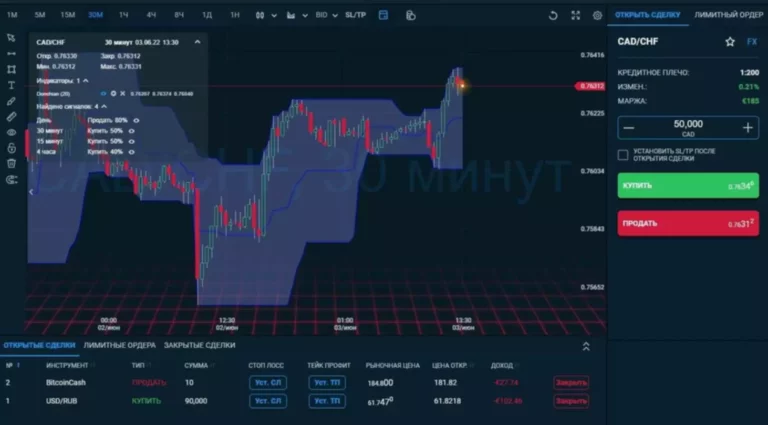What Is Impermanent Loss? Chainport Knowledge Base
Impermanent loss is known as impermanent because at this level the LP misplaced $23.41 only on paper. If the LP doesn’t withdraw their liquidity and the worth of ETH goes back to $500, the impermanent loss is cancelled again to zero. On the opposite hand, if the LP decided to withdraw their liquidity, they would realise their lack of $23.41, completely. You can avoid this risk by offering liquidity to stablecoin swimming pools, which don’t present noticeable worth fluctuations.

Some Examples Of Where Impermanent Loss Is A Potential Risk
The only factor impermanent loss cares about is the worth ratio relative to the time of deposit. If you’d wish to get a sophisticated clarification for this, take a glance at pintail’s article. We can see that Alice would have been higher off by HODLing somewhat than depositing into the liquidity pool. In this case, Alice’s loss wasn’t that substantial because the initial deposit was a comparatively small amount. Maintain in mind, nonetheless, that impermanent loss can lead to massive losses (including a good portion of the preliminary deposit). Imagine a dealer supplies liquidity to a token pair pool that consists of equal amounts of ETH and a newly launched altcoin.
How Impermanent Loss Occurs
Right Here, X and Y are the reserve quantity of each token in the pool, whereas K is a set fixed that determines the pool dimension. Teller, nevertheless, operates on a collateralized borrowing model, the place borrowers lock up collateral to take loans. Funds aren’t exposed to trading volatility—they’re loaned out and repaid with interest. Every lending pool on Teller is isolated, that means lenders provide just one asset quite than pairing two. Pairs like wBTC/ETH, which have high worth correlation, decrease the impact of price divergence.
Techniques like concentrated liquidity in Uniswap V3 allow LPs to optimize returns by focusing liquidity in particular worth ranges. For the purposes of crypto, liquidity most frequently refers to monetary liquidity and market liquidity. Be Taught liquidity mining what makes decentralized finance (DeFi) apps work and how they compare to traditional financial merchandise. However they cleaned up the ballhandling — most of the errors had been on poor passes — and minimize Kentucky’s lead down to 5 by halftime.
Factors Affecting Impermanent Loss
If the price of one asset within the pool will increase or decreases significantly relative to the other, liquidity providers might end up with fewer valuable assets after they withdraw. Whereas trading fees and rewards can generally offset impermanent loss, it remains a key danger in DeFi liquidity provision, doubtlessly reducing profitability. Take A Look At Automated Market Makers Automated market makers (AMMs) like Uniswap or 1Inch have various algorithms in place that help mitigate a impermanent loss. Some newer AMMs embody options designed to mitigate loss, such as concentrated liquidity or advanced value curve fashions. Investing in swimming pools with high charges and engaging APYs could assist scale back impermanent loss, however provided that the property usually are not highly volatile or if the volatility of the pair is symmetrical.
When providing liquidity, LPs could make a profit from charges, but you can nonetheless undergo a kind of loss, which is impermanent loss. Impermanent loss implies that, in comparison with simply holding your property, you discover yourself with much less total value when withdrawing from a liquidity pool. Nonetheless, you don’t technically “lose” cash in the best way you’d from a foul trade—it’s just that the AMM rebalancing course of left you with a less favorable asset mix than when you began.
- You should not construe any such data or other materials as authorized, tax, funding, monetary, cybersecurity, or other recommendation.
- It refers to the temporary loss of worth that happens when a person provides liquidity to a decentralised trade (DEX) or yield-farming protocol.
- Here’s how much tax you’ll be paying in your revenue from Bitcoin, Ethereum, and different cryptocurrencies.
- Impermanent loss (IL) is a risk faced by liquidity providers (LP) when some of their property in a liquidity pool drop in quantity.
- Right Here, X and Y are the reserve quantity of each token in the pool, whereas K is a fixed fixed that determines the pool size.
- As a end result, she will withdraw 0.5 ETH and 200 DAI, totaling 400 USD.
The crypto market is volatile and can sometimes contribute to the danger of impermanent loss. With great due diligence and strategy in place, it can also assist you to earn substantial passive earnings. So, making your monetary selections based mostly on your threat urge for food is at all times really helpful. Since cryptocurrency costs fluctuate frequently, significant worth adjustments between the two belongings in a liquidity pool create an imbalance. The more risky the belongings, the upper the chance of impermanent loss. As talked about, impermanent loss happens when liquidity providers (LPs) deposit assets into a DEX pool, and the price of these assets adjustments relative to their initial deposit value.
Lenders provide belongings, borrowers repay with curiosity, and there’s no automated rebalancing or value publicity. This means funds aren’t topic to worth fluctuations attributable to market shifts— merely earn yield on the asset lent. In a way, impermanent loss is extra so about lacking out on potential positive aspects than it’s about actual “losses”, which is basically the chance you are taking by offering liquidity. Spreading funds throughout multiple swimming pools reduces publicity to impermanent loss in any single pool. A liquidity pool is a collection of cryptoassets that assist facilitate more efficient financial transactions corresponding to swapping, lending, and incomes yield. As we are in a position to see the LP would’ve had $23.forty one extra if they simply held their assets without offering liquidity.

A liquidity pool sometimes has two tokens, referred to as token pairs. Now, these tokens need to be equal in ratios to make it easier for users to commerce. Here, the ratio of the total value of each token shall be 50% of ETH and 50% of USDT. However, in reality, most liquidity suppliers by no means recover their losses except trading charges outweigh them, making the time period somewhat deceptive. The term “impermanent loss” comes from the early days of DeFi to explain losses that could presumably be “temporary” if prices return to their authentic levels earlier than withdrawing liquidity.

Platforms like TokensFarm provide liquidity suppliers rewards for users willing to stake their LP tokens. Providing forex crm liquidity to stablecoin pairs like USDT/USDC reduces exposure to cost volatility, minimizing the danger of impermanent loss. When LPs withdraw their funds, they receive a special ratio of property than initially deposited.
Ideally, the trading fees offset the impermanent loss, which is why many crypto holders choose to supply liquidity, significantly in moderate-volatility environments. Impermanent loss happens when the cash you make from offering liquidity to a pool is less than https://www.xcritical.com/ what you would have earned when you had simply held the digital property. This is caused by the price fluctuations of crypto belongings within a DEX pool.

